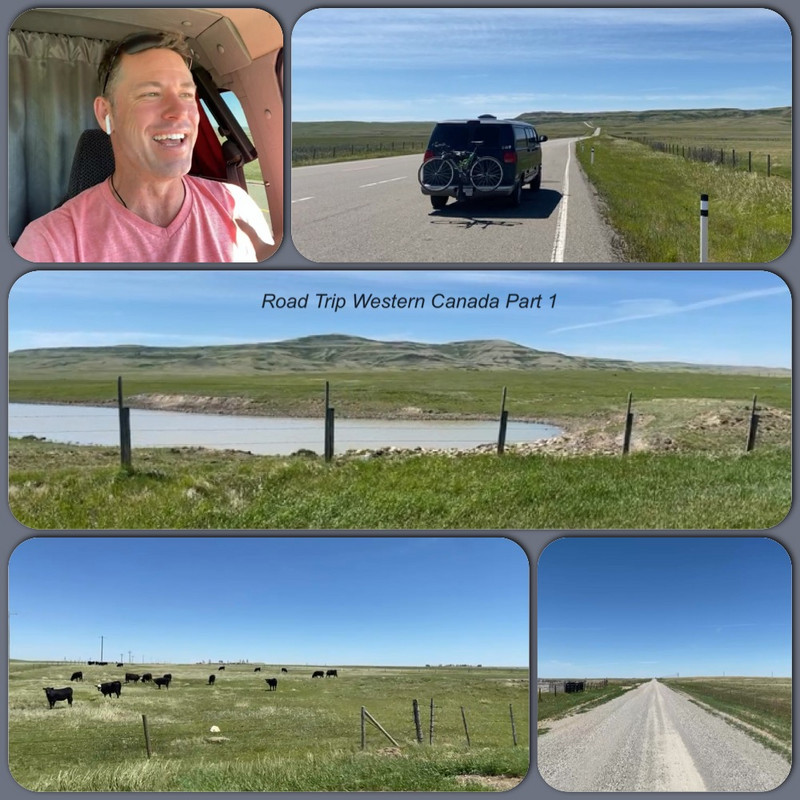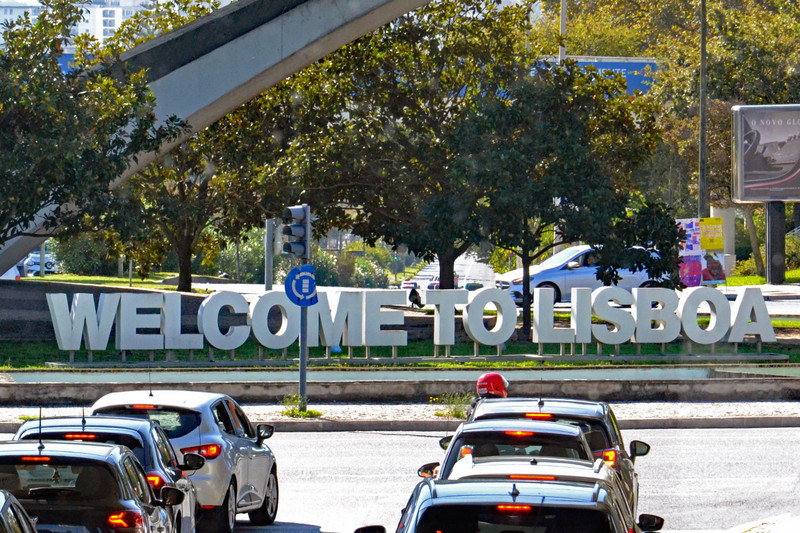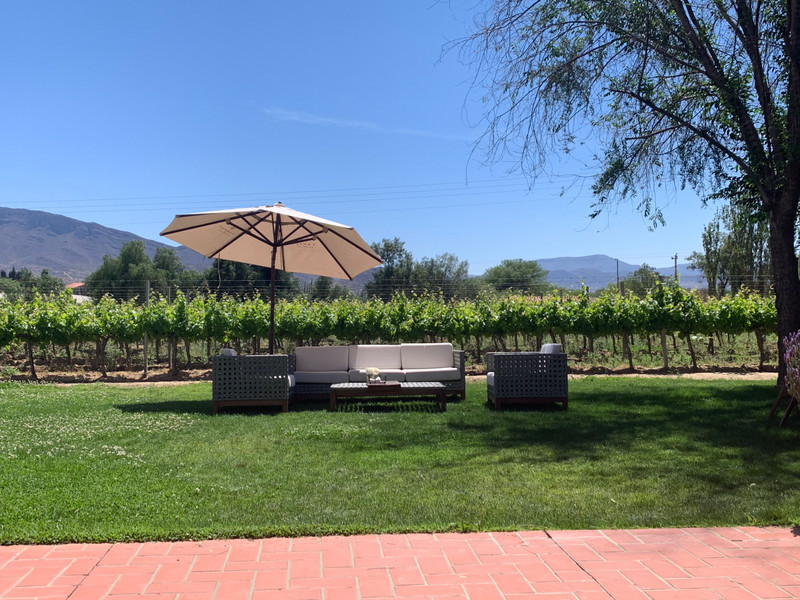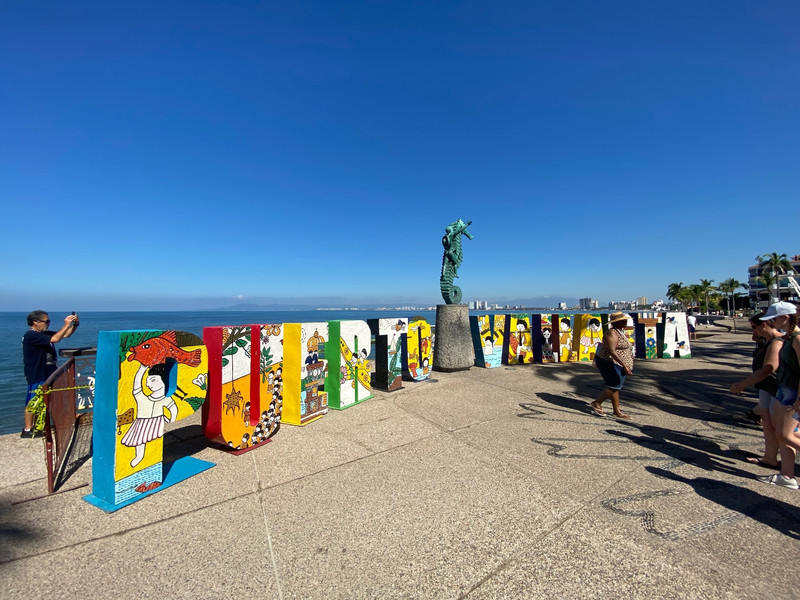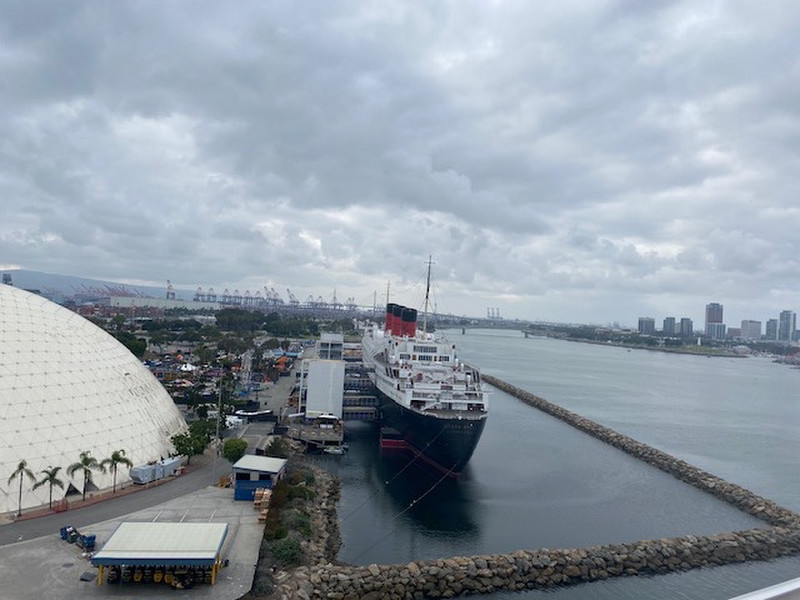This virtual road trip was a great idea by Patrick Twomey, he set off with his van & bicycle from where the prairie meets the mountains.
Part 1 - As the journey started everyone was listening intently about the significance of the landscape of Buffalo Jump, with its historical, archaeological and scientific interest. The deep, undisturbed layers of animal bones (largely American Bison) represented nearly 6,000 years of continuous occupation with one lengthy period of unexplained interrupted hunting.
Buffalo is the best preserved example of hunting techniques and of the way of life of the Plains people based on the vast herds of bison that existed in North America for more than five millennia. These people, drawing on their excellent understanding of bison behaviour used natural barriers such as coulees, depressions and hills to funnel the animals into lanes that ended at a precipice, over which the bison were stampeded.
The animals carcasses were then butchered in a camp set up below the cliff to provide food and the materials for clothing, tools and dwellings.
As Patrick slowly drove along the prairie road a small herd of Bison came into view, you wouldnt want to argue with a heavy bison and a lightweight fence so Patrick kept a safe distance but still enabled an opportunity for postcard images to be taken of these amazing animals.
We saw a huge rock that originated somewhere between 10 and 18 thousand years ago. There was a landslide that dumped an untold amount of debris on top of a glacier. The glacier then carried this accumulation of rock southward, as the glacier slowly receded, it deposited the rocks across the landscape. ‘The Rock that Ran
Part 2 - Our journey today started high up overlooking the mountains & Lake Watertown in Waterton National Park established in 1895 & what a beautiful day it was with blue skies and wonderful white clouds.
the Great Northern Railway as a way to get around Prohibition in the United States. The United States didnt end Prohibition until 1933 – Alberta voted to end it in 1924. Two years later, construction started on the Prince of Wales Hotel.
The hotel was named Prince of Wales Hotel in order to entice the future King Edward to visit the hotel during his summer of 1927 visit to Canada. It didnt work, as the Prince decided to instead stay at his ranch a little farther north in Alberta.
Patrick made his way down to the hotel where we could see close up the striking architectural designs such as soaring roofs, gables, and balconies.
Part 3 - This leg we are in Waterton. In 1932 Waterton Lakes National Park (Alberta, Canada) with the Glacier National Park (Montana, United States) to form the worlds first International Peace Park. Situated on the border between the two countries.
Cameron Falls is located right in the town of Waterton, it flows with clear waters on regular days but during periods of abnormally heavy rain, the waters are stirred up with a sediment
At the end of each tour Patrick likes to sit quietly and allow his guests to absorb the nature surrounding us. A perfect ending by the lake today.
Part 4 - Another beautiful day and our starting point is Bears Hump Trail in the Waterton Lakes National Park. Wow what majestic views of the village, the Waterton Valley and Mount Cleveland, the highest peak of the International Peace Park. Patrick certainly is pulling out all the stops on this trip to give such diverse locations with stunning views.
Lightning from an intense storm on Aug. 30, 2017, struck Kenow Mountain igniting the fire close to the park boundary. Whilst we could see the burnt trees we also saw new vegetation growing amongst the rocks. Nature soon recovers!
part of the mining town of Frank at 4:10 a.m. on April 29, 1903. Around 110 million tonnes of limestone rock slid down the east face of Turtle Mountain. It was one of the largest landslides in Canadian history and remains the deadliest.
